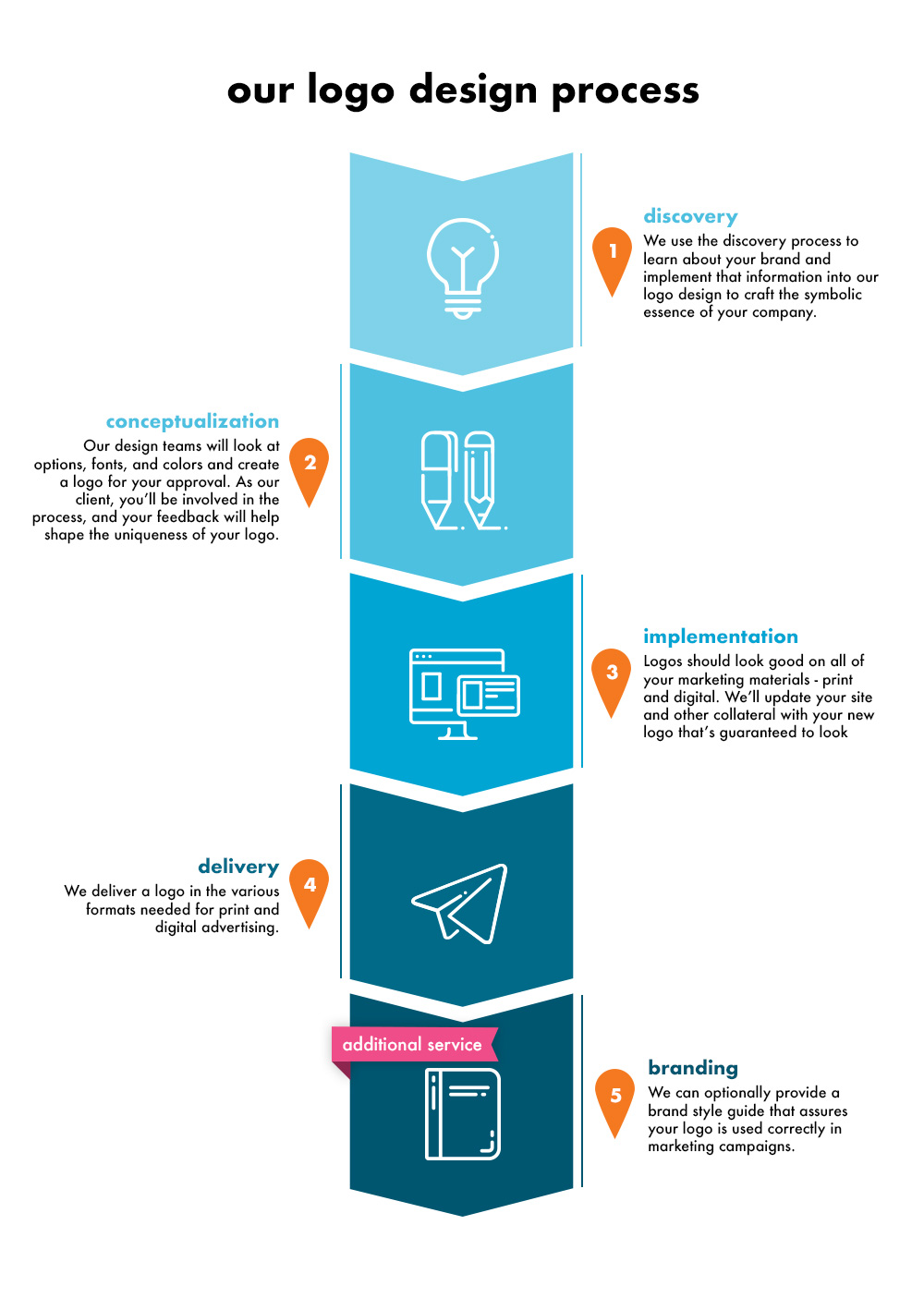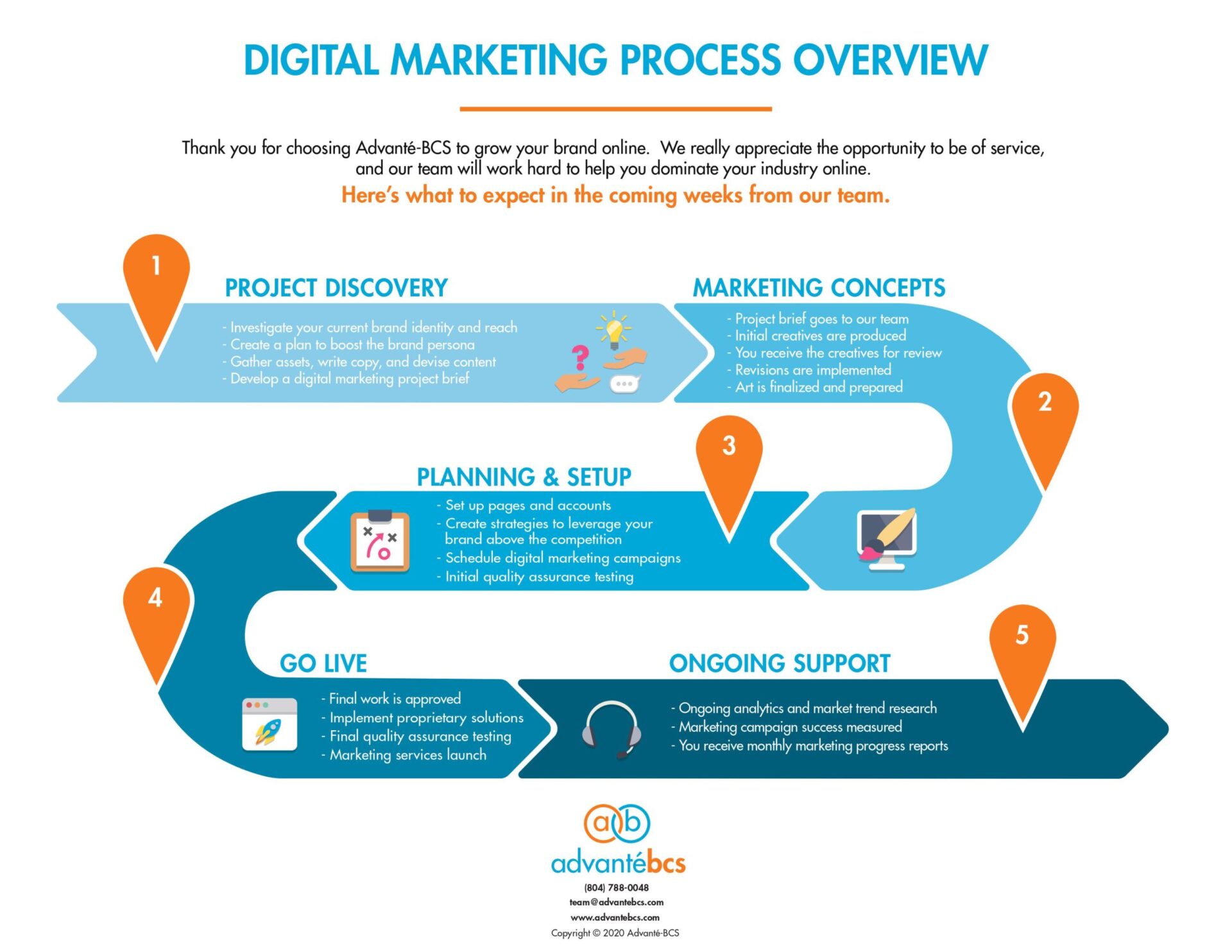
As we reach the midway point of the year, it’s time to check in to see how progress is coming for marketing objectives. A marketing audit will let you reevaluate implemented strategies to see if they produced results and make any revisions necessary to hit end-of-year goals.
The process doesn’t need to be complex, but only a few steps to see how to move forward. You’ve already identified your goals at the start of the year, but it can help to refresh yourself with the objectives set so it’s clear what they are, and look at the actions your organization has made to reach them.
Once you’ve identified what’s working and what isn’t, or areas you need to spend more time on, you will strategize and create a plan to move forward.
What is a Marketing Audit?
A marketing audit (also known as a marketing review) is an assessment to analyze your current marketing strategies and performance. The goal is to see the effectiveness of your marketing efforts and identify areas of opportunities for improvement.
A marketing audit answers questions such as:
- What are the strengths and weaknesses of your current marketing efforts?
- Are you reaching customers on the right channels?
- Are the campaigns you are running resonating with your audience?
- What pages are receiving the most engagement?
- How effective are implemented strategies?
- Are you missing opportunities to connect with customers?
- Where is the majority of your ROI coming from?
- Does your team have the necessary resources?
- Are there new tools that can be utilized?
Keep in mind that not every marketing audit will look the same; it depends on what areas you are looking at and what your current objectives are.
You don’t want to continue to use strategies that aren’t showing any traction, so now is the time to figure out what worked well in the first half of the year and what you haven’t implemented yet to consider in the second half of the year.
Check In with Customers
Now is also the time to consider customer feedback—their insight is too valuable to overlook and they are at the heart of your business and marketing efforts. Consider customer data, review feedback on various platforms, conduct surveys, or connect with your sales team, who are in customer-facing roles.
Information from customers is beneficial because it will cover pain points that need to be addressed as well as procedures that are successful and offer the opportunity to upsell or cross-sell.
Stay Up to Date with Trends
Marketing is continuously evolving, so part of a mid-year review needs to include evaluating the state of trends and consumer behavior. What was relevant in Q1 and successful may not have the same outcome for Q3—and this applies to what is affecting customers, like communication changes.
You don’t need to hop on every trend or make changes to every campaign, but you should stay abreast of the current trends and what competitors are doing. Keeping track of what is developing with the digital platforms you use is also significant as we have seen with certain companies changing the structure of their platforms with paid subscriptions, new features, and more. This requires being able to adapt quickly and accurately to assist customers and remain present online.
A mid-year marketing review will make it easier to ensure effective strategies are in place and working as intended so you can meet your goals. This will not just save valuable time, but guarantee your marketing budget is allocated efficiently.
If you need assistance with elevating your marketing strategy to start seeing a return on your efforts, book a free consultation with one of our marketing experts. We will learn more about your company, discuss what your objectives are, and deliver solutions that our team will execute so you hit those end-of-year goals.





























